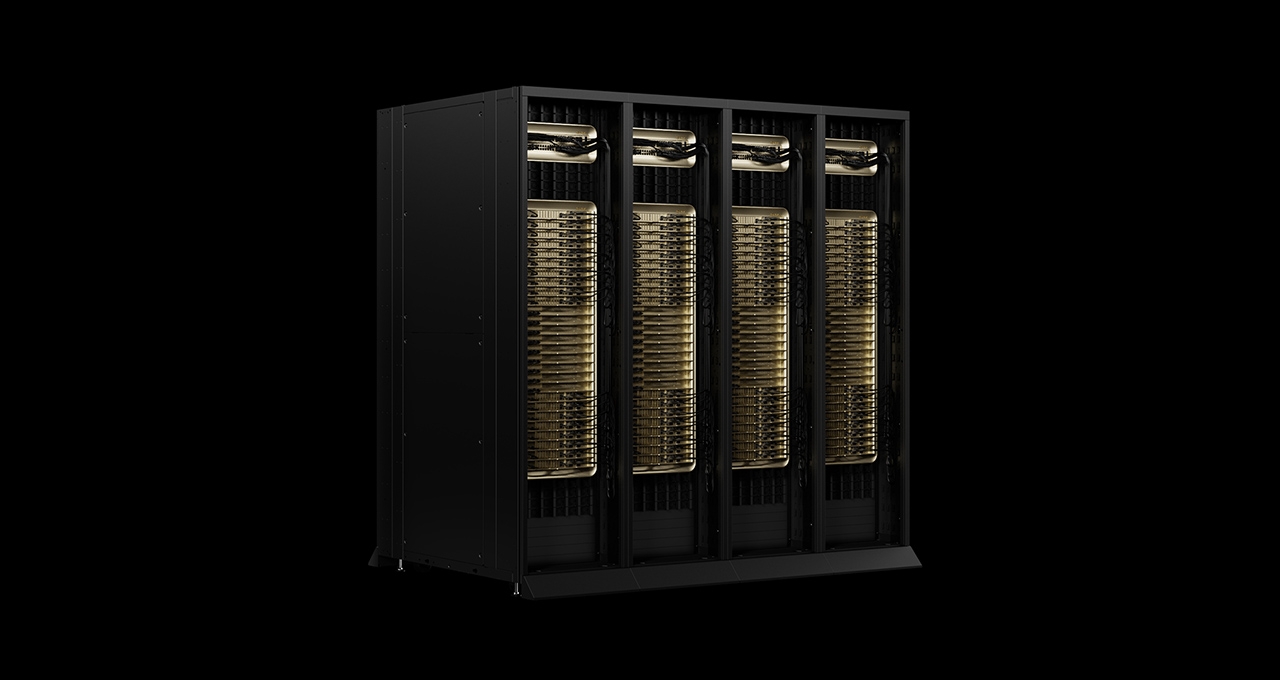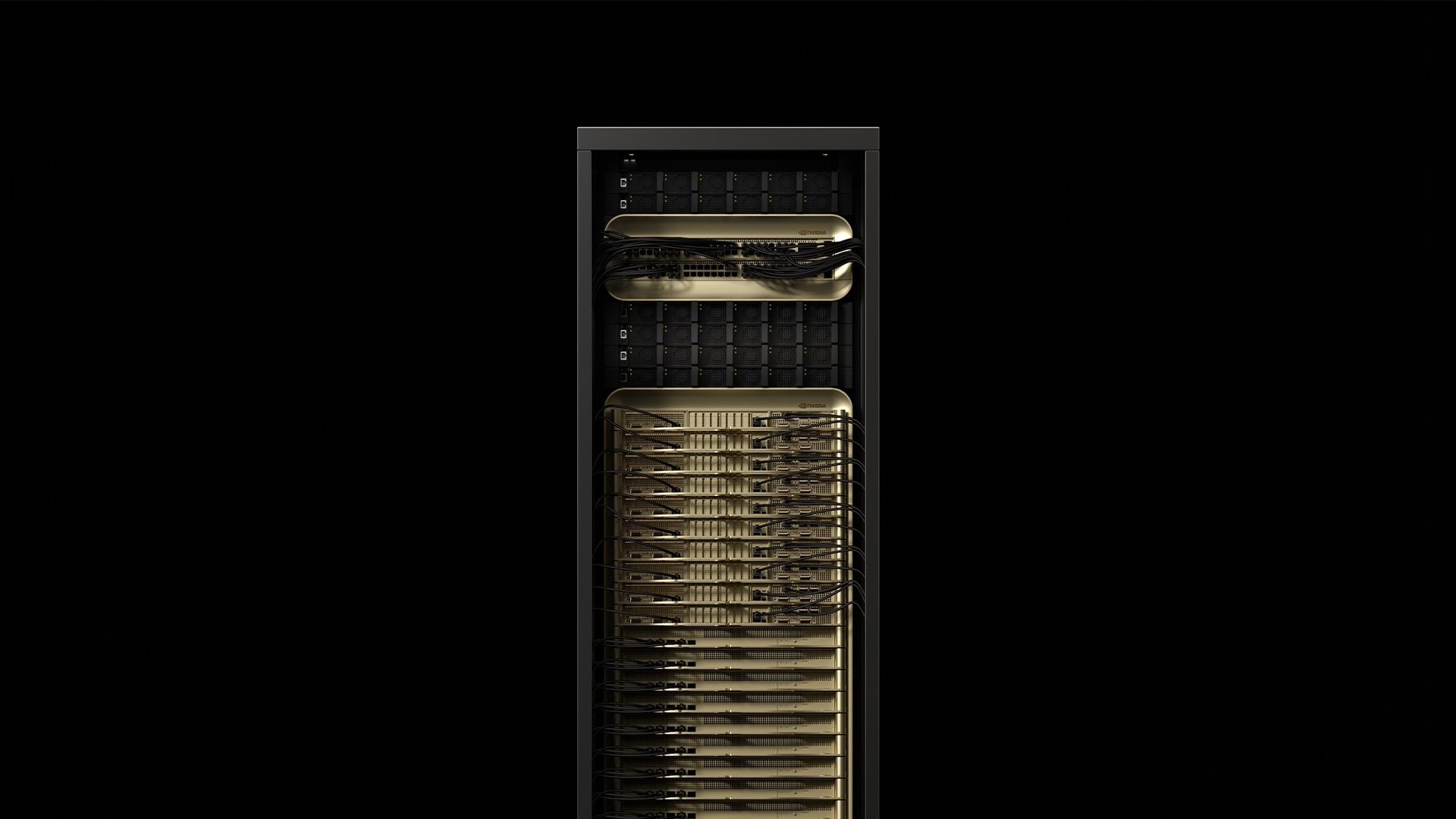Nvidia Unveils Blackwell Ultra: Ushering in the Age of AI Reasoning

Nvidia has just introduced its next-generation AI chip, the Blackwell Ultra, during the company’s annual GTC event in San Jose. This cutting-edge processor is designed for the "age of AI reasoning," a new frontier in artificial intelligence that aims to mimic human thought processes.
Paired with the GB300 superchip and Nvidia’s DGX SuperPod AI supercomputer, the Blackwell Ultra is a game-changer for AI development, promising faster responses and enhanced efficiency. But can it maintain Nvidia’s dominance in the AI chip market amid growing competition and economic uncertainty?
Let’s break down what the Blackwell Ultra brings to the table, why AI reasoning is the next big thing, and how Nvidia is positioning itself for the future.

Blackwell Ultra: A Massive Leap in AI Processing
The Blackwell Ultra builds on the success of Nvidia’s previous Blackwell chip, delivering:
🚀 1.5x the performance of its predecessor.
📈 50x increase in data center revenue opportunity compared to Nvidia’s earlier Hopper chip.
⚡ Faster, more efficient AI processing, particularly for AI reasoning models.
The GB300 superchip takes this power even further, combining two Blackwell Ultras with Nvidia’s Grace CPU to create an AI powerhouse for hyperscalers like Amazon, Google, Microsoft, and Meta.
Why AI Reasoning Matters
AI reasoning is the next evolution in artificial intelligence, shifting from pattern recognition to true problem-solving and logical inference. This approach allows AI to analyze complex questions, make decisions, and provide more human-like responses.
🔹 DeepSeek’s R1 AI model helped push AI reasoning into the mainstream.
🔹 OpenAI’s o1 and Google’s Gemini 2.0 Flash Thinking are also embracing this new AI paradigm.
🔹 AI reasoning models need powerful GPUs for faster, more accurate results—which is exactly what Nvidia is banking on with Blackwell Ultra.
Nvidia claims that its GB300 NVL72 superchip can process 1,000 tokens per second using DeepSeek’s R1 model—10x faster than its previous Hopper chip. That means AI responses that once took 1.5 minutes now take just 10 seconds.
This speed boost could have major implications for AI applications, including:
⚡ Real-time AI assistants that think and respond instantly.
🩺 AI-driven medical research that analyzes vast datasets in seconds.
🚗 Autonomous vehicles with near-instant decision-making.

Nvidia’s AI Supercomputer: The DGX SuperPod
Nvidia isn’t stopping at just faster chips—it’s also introducing next-level AI infrastructure.
The DGX SuperPod, powered by the GB300 superchip, is an AI supercomputer designed for large-scale AI training and deployment. It includes:
🔹 288 Grace CPUs
🔹 576 Blackwell Ultra GPUs
🔹 300TB of memory
With this level of computing power, Nvidia is solidifying itself as the go-to AI hardware provider for hyperscalers, research labs, and AI developers worldwide.
Challenges Ahead: Economic Uncertainty & Market Risks
Despite Nvidia’s impressive technological advancements, its stock price has taken a hit in 2025.
📉 Shares of Nvidia are down 11% year-to-date, even though they’ve climbed 36% over the past 12 months.
💰 Investors worry that hyperscalers (Amazon, Google, Microsoft, Meta) are overspending on AI infrastructure without seeing immediate financial returns.
🌍 Geopolitical risks, including potential 25% tariffs on overseas semiconductor production and export restrictions, could impact Nvidia’s global supply chain.
Still, Nvidia remains the undisputed leader in AI chips, and the Blackwell Ultra could further cement its dominance—if the demand for AI reasoning models continues to grow.
Final Thoughts: The Future of AI Computing
Nvidia’s Blackwell Ultra and GB300 superchip are pushing AI into a new era where machines don’t just recognize patterns—they reason, analyze, and think like humans.
✅ Pros:
✔️ 10x faster AI processing, reducing response times from 1.5 minutes to 10 seconds.
✔️ Massive efficiency improvements, making AI systems more powerful and scalable.
✔️ AI reasoning models will benefit greatly, enabling smarter, more intuitive AI applications.
❌ Challenges:
❌ Market concerns over AI infrastructure spending.
❌ Geopolitical risks like tariffs and export controls.
❌ Growing competition from companies like DeepSeek, OpenAI, and Google.
The question now is: Can Nvidia maintain its AI dominance, or will new challengers disrupt the market?
What Do You Think?
🔹 Will Blackwell Ultra redefine AI computing?
🔹 Is AI reasoning the future, or is it just another tech trend?
🔹 Should Nvidia worry about competition from AI startups like DeepSeek?
Let’s discuss on X(Former Twitter)!
References:






